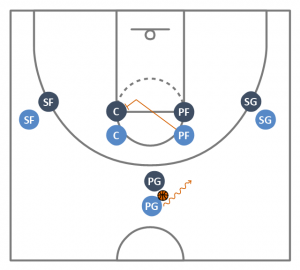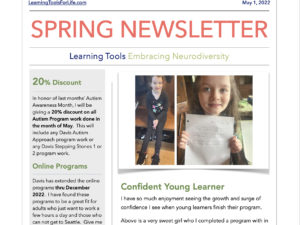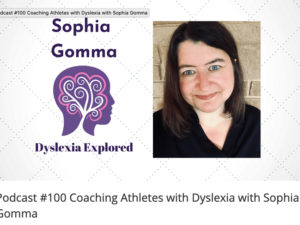COACHING DYSLEXICS
Getting Through to Your Dyslexic Athletes
My son is an athlete, and while over the years he has played every sport I can think of, his true love is Basketball. He loves the game and understands it quite well, but with each sport or team change there is a learning curve because of the way the coach explains plays and gives feedback. There have been some really difficult coaching transitions for him. From experience, the wrong coach can destroy a kids confidence and stifle a great player quite quickly. I have recently been thinking about this and ways to help out coaches. Below are some helpful tips for coaches working with their athletes.
– Tips and Insights:
- The most important thing to remember is, Dyslexics are picture thinkers. They think in pictures, not words. The clearer the picture, the better he/she will remember and understand what you have said.
- Orientation means physical position or direction of something. Knowing the orientation of something is important to build accurate pictures. Dyslexics perceptive abilities include the ability to view things from many different angles and this can be a real gift for athletes during a game but it can mean that there orientation is not typical or in alignment to you, so words and directions from you as their coach on the sideline can be confusing.
- Most words like forward, back, right, left, up, down all depend on orientation. Make sure when you use these words the athlete know where the orientation is (e.g. is it “up” as in looking up at the hoop, or “up” closer to a player, or “up” the center of the court).
- The best way to clear up orientation is day one of practice for the team. Hopefully for high school and college coaches this isn’t needed but I have learned different coaches use these words differently.
- Some examples of this would be to clarify if when you say move up the court, this is what you mean, and show them. OR maybe you want to say when I say pass left, I always mean for you to pass towards your left and then have them show you.
- Some of the words might be used differently just in that instance, so in that case, say the object or person you want them to move up to.
- When new plays are given, physically walk them out in practice with the whole team. This confirms everyone understands his or her placements not just the dyslexics you know about AND you can adjust as needed.
- When giving them instructions that you aren’t physically showing them, have them repeat back the picture in their mind as to what they have been asked to do.
- Having plays printed out and given to each team member ahead of time can be helpful as they can study them.
- Some dyslexics have a difficult time looking straight at you when you are talking and actually listen better facing the court/pitch/field or maybe even down at the ground. It isn’t that they aren’t listening; it is just easier to not be disoriented by the expressions on your face and instead building the picture in their mind as to what they are being asked to do. So please don’t assume they aren’t listening to you or giving you the respect do to you.
This all might seem like extra work for you as a coach, but dyslexics have a gift of perception (a way of regarding, understanding, or interpreting/a mental impression) and they can add so much to a team. The extra work can be well worth the pay off! It you would like a more in-depth training on dyslexia for you or fellow coaches and you are in the Seattle area; give me a call, I would be happy to present an informational session.
There are lots of famous dyslexic athletes, Mohammad Ali, Greg Louganis, and Magic Johnson to name a few.





